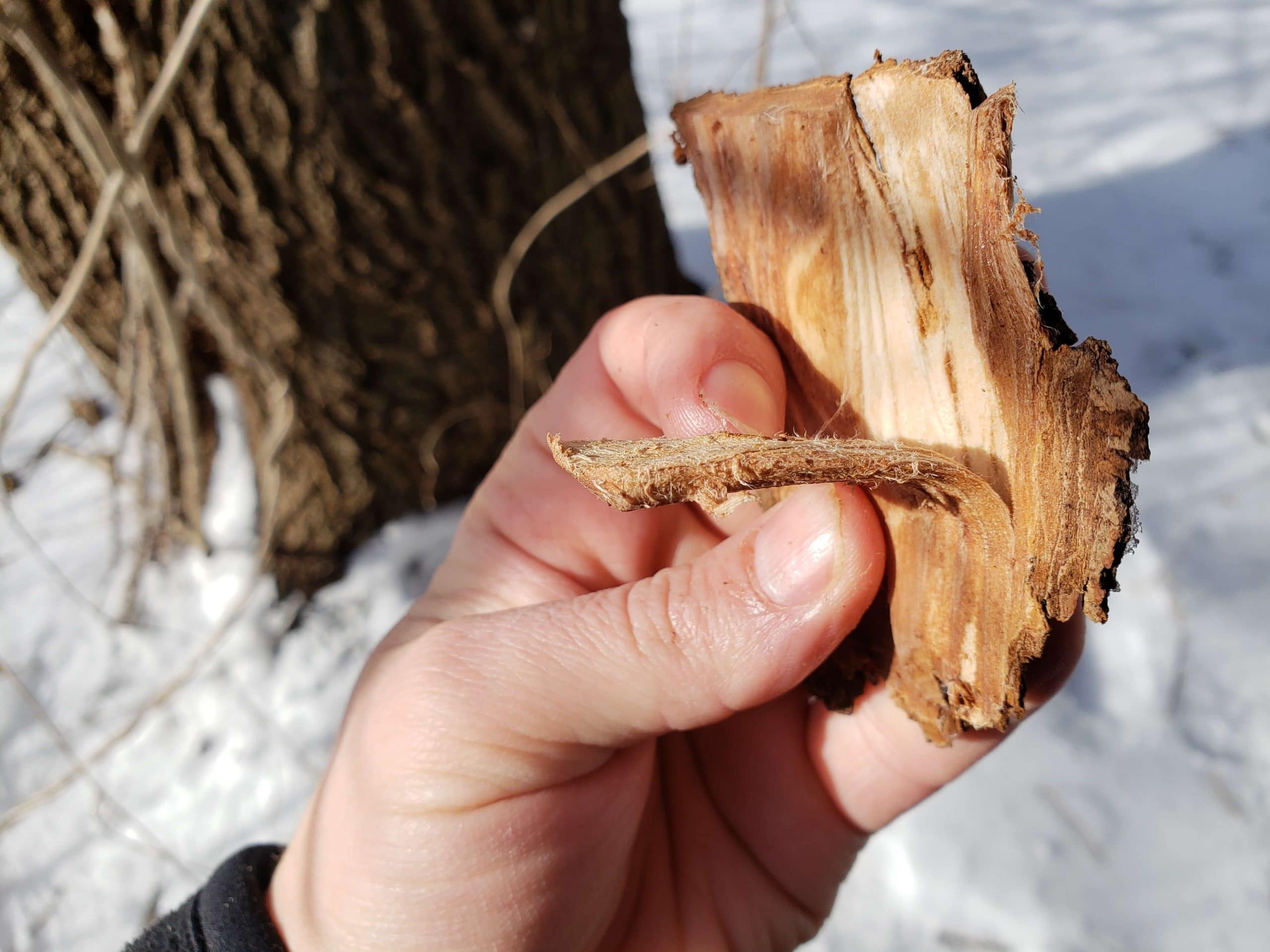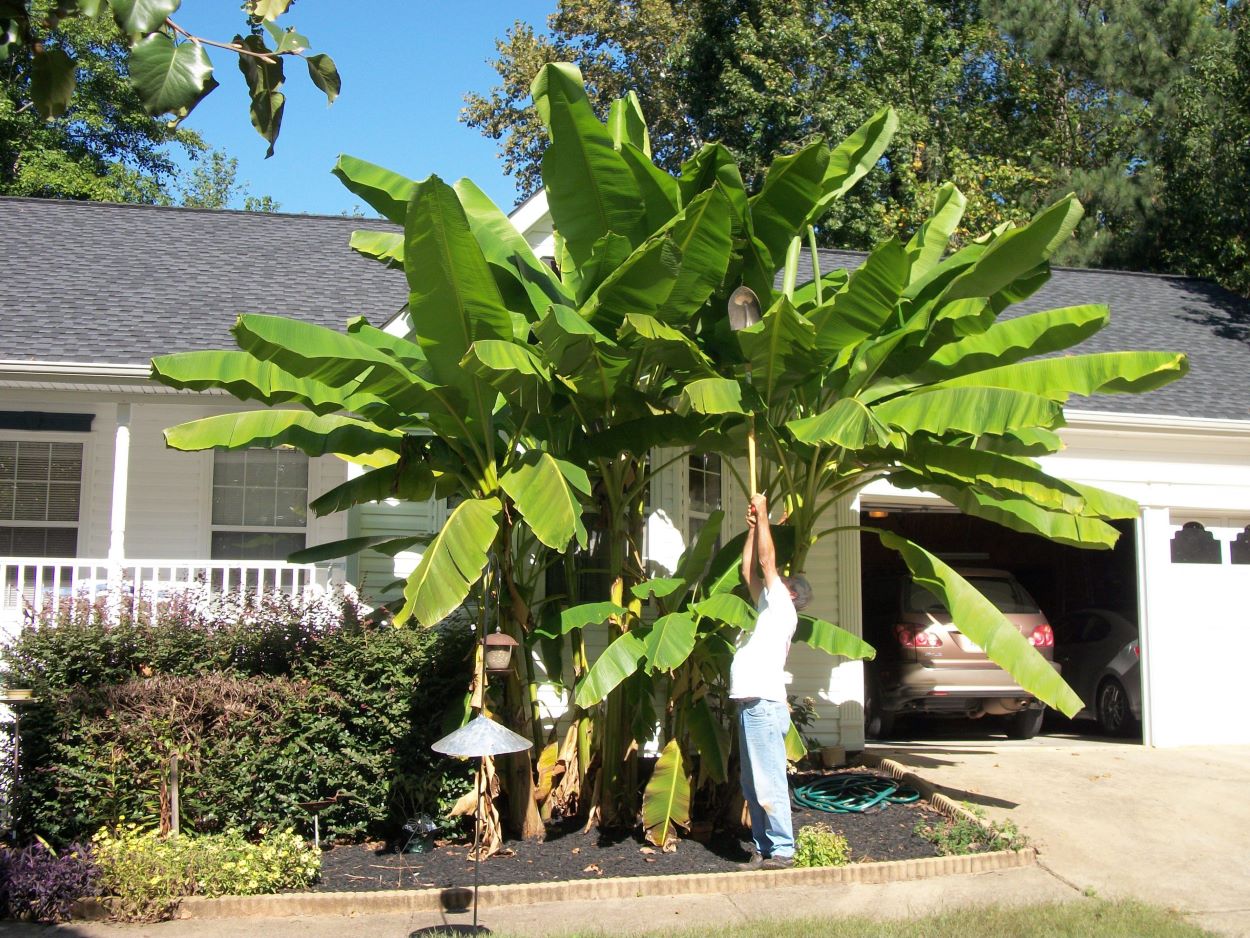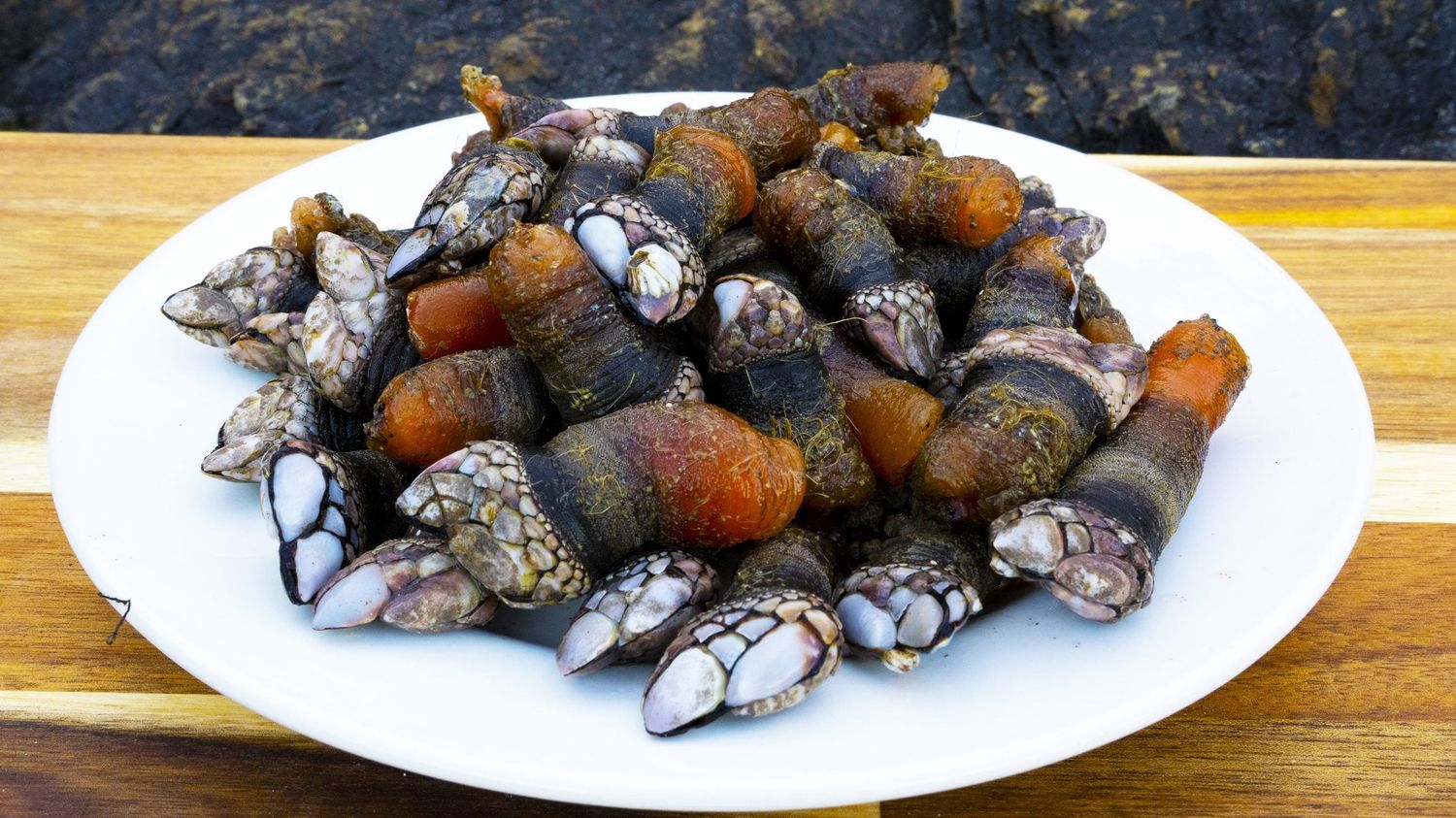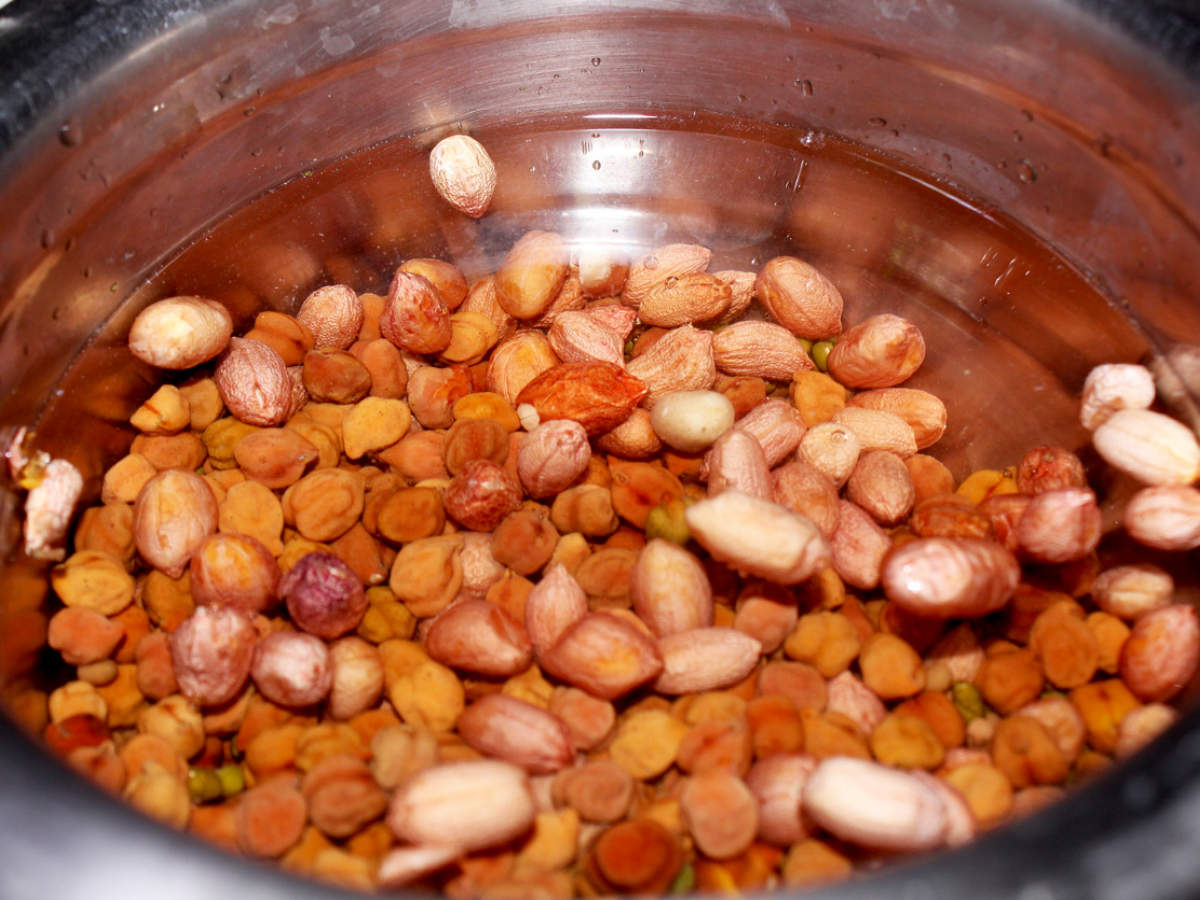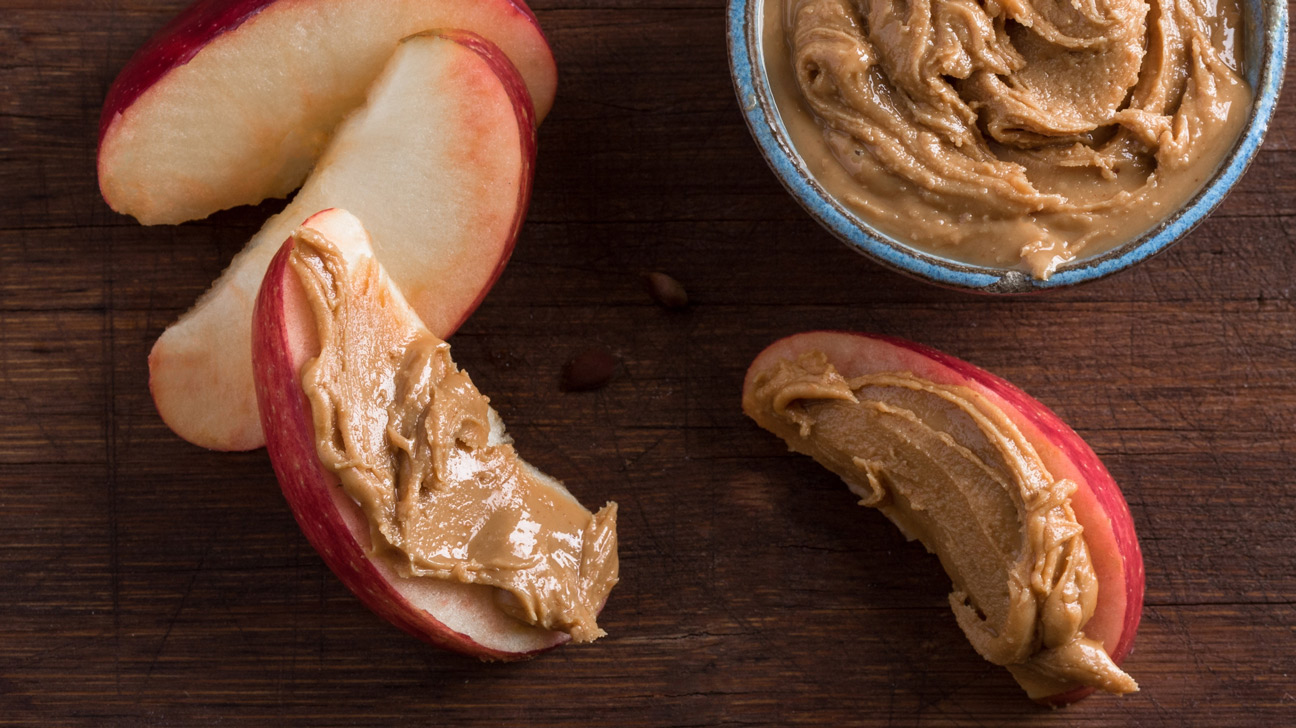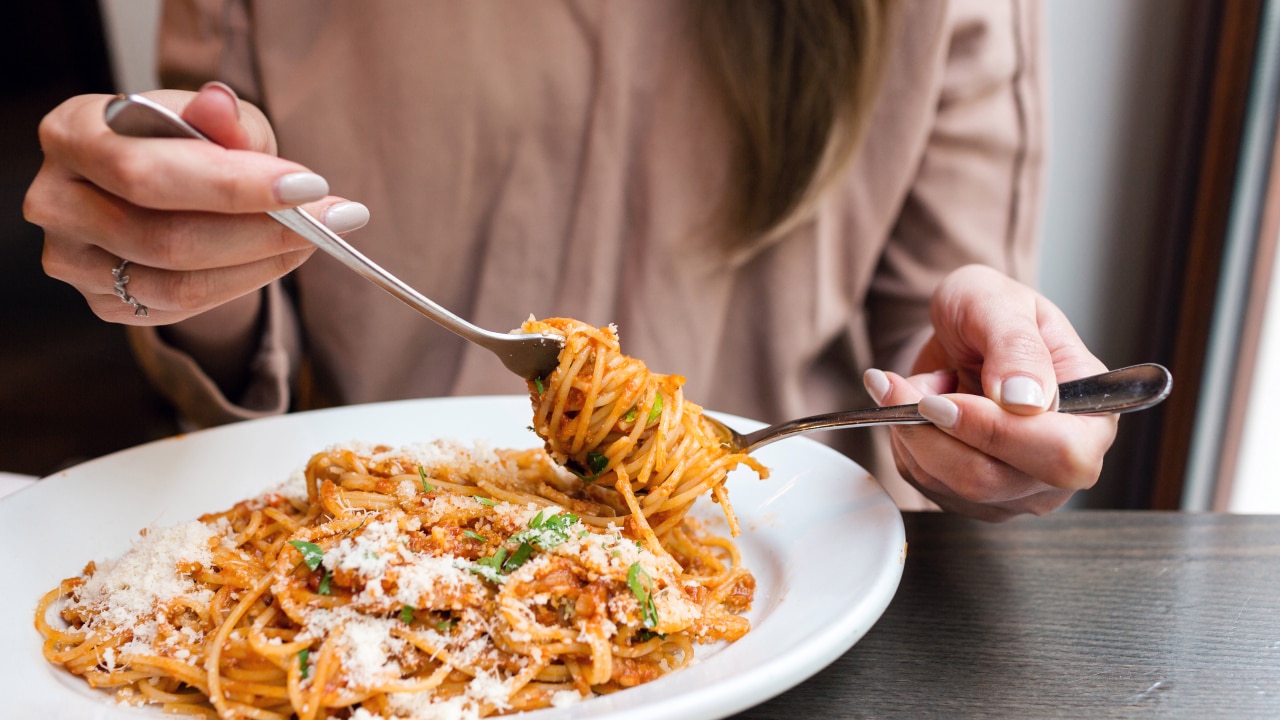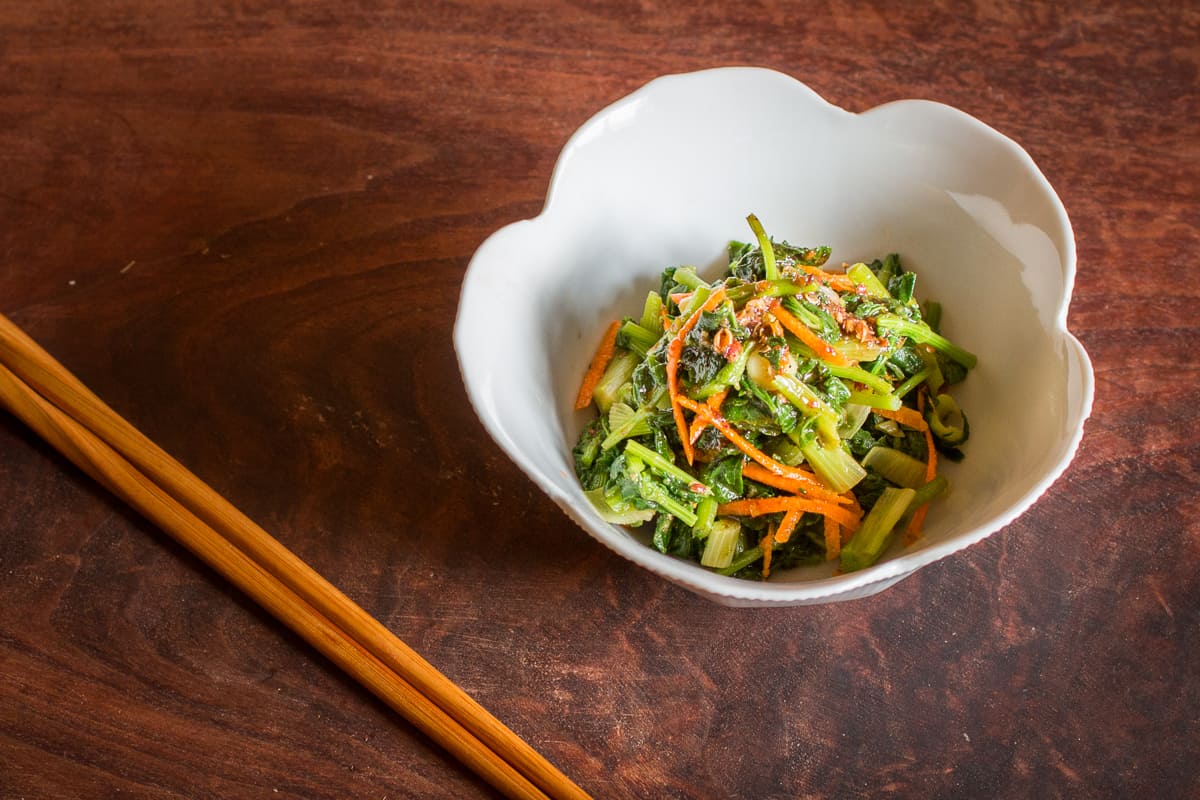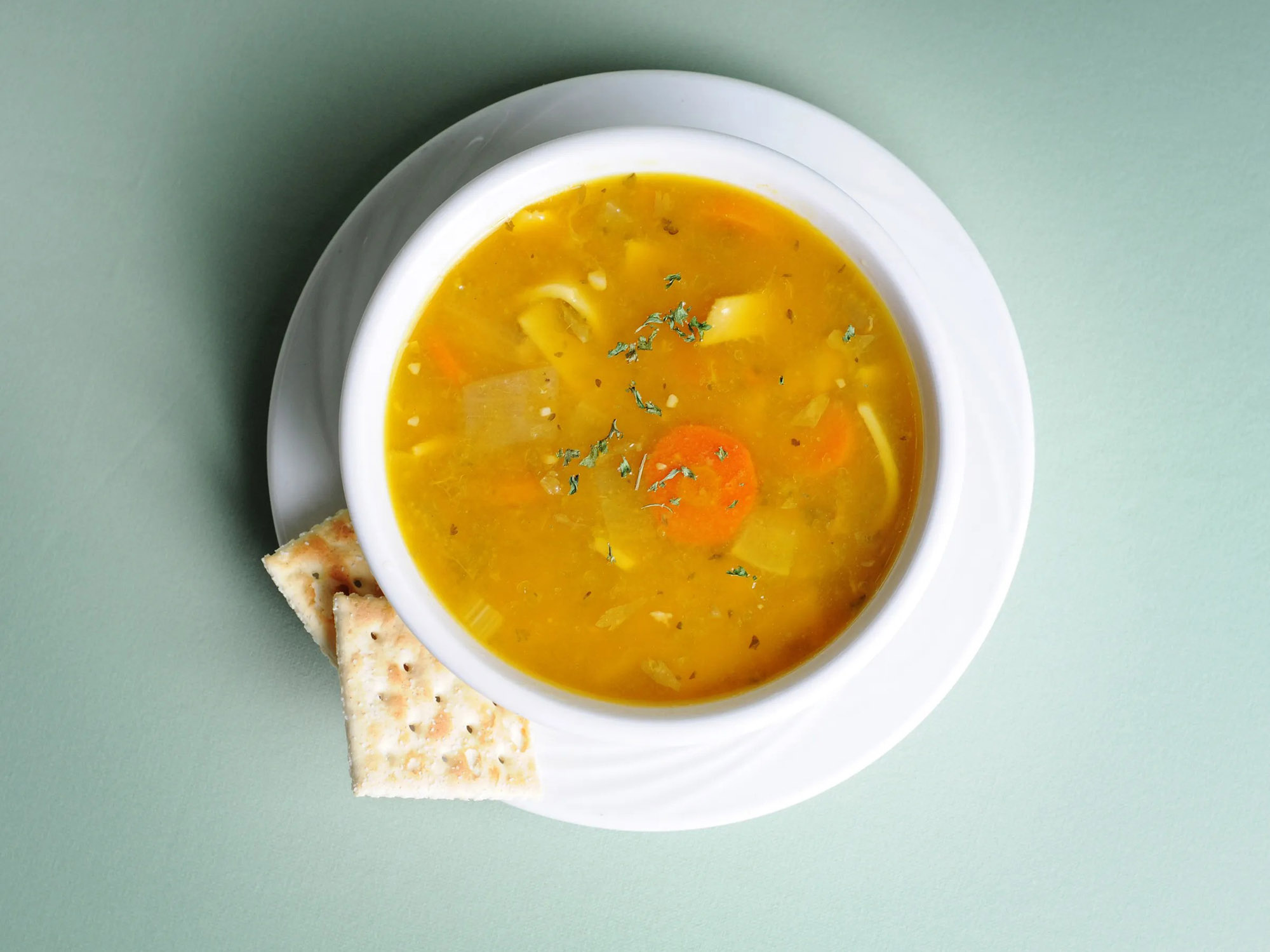Survival Food: Eating Pine Trees in the Wild
When you find yourself lost in the wilderness with limited food supplies, it’s essential to know how to utilize the resources around you to survive. One potential source of sustenance in the wild is the pine tree. While it may seem unconventional, pine trees can provide valuable nutrition if consumed properly.
Identifying Edible Parts of a Pine Tree
Before consuming any part of a pine tree, it’s crucial to correctly identify the edible components. Here are some parts of the pine tree that can be safely consumed:
- Pine Nuts: Pine nuts are the edible seeds found within the pine cones of certain pine tree species. They are a good source of protein and healthy fats.
- Pine Needles: Pine needles can be steeped in hot water to make a nutrient-rich tea that is high in vitamin C.
- Pine Bark: The inner bark of certain pine trees is edible and can provide a starchy, fibrous substance that is rich in carbohydrates.
Preparing and Consuming Pine Tree Parts
Once you have identified the edible parts of the pine tree, it’s important to prepare them properly to make them safe for consumption.
- Pine Nuts: To access the pine nuts, carefully open pine cones and remove the seeds. These can be eaten raw or roasted over a fire for added flavor.
- Pine Needle Tea: Collect fresh pine needles and steep them in hot water to make a tea. This can provide a much-needed boost of vitamin C in a survival situation.
- Pine Bark: If you need to consume the inner bark of a pine tree, it’s best to peel off the outer bark and access the softer, edible inner bark. This can be eaten raw or cooked.
Caution: Avoiding Toxic Parts
While certain parts of the pine tree are edible and can provide valuable nutrition, it’s important to be aware of potentially toxic components. Avoid consuming the following:
- Pine Resin: The sticky resin found on pine trees is not safe for consumption and can cause digestive issues if ingested.
- Pine Needles from Certain Species: Not all pine tree species have edible needles, so it’s crucial to be certain of the specific species before consuming the needles.
Conclusion
When faced with a survival situation in the wilderness, knowing how to utilize the resources around you can make a significant difference. While consuming parts of a pine tree may not be the most conventional form of sustenance, it can provide essential nutrients to help you survive. Remember to exercise caution, properly identify edible parts, and prepare them safely before consumption.
By understanding how to eat a pine tree to survive, you can expand your knowledge of wilderness survival and increase your chances of making it through challenging situations.
